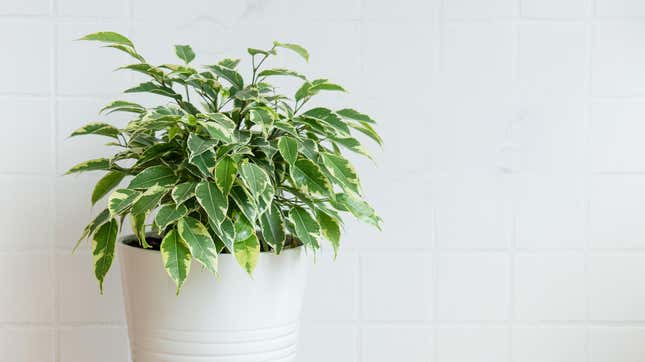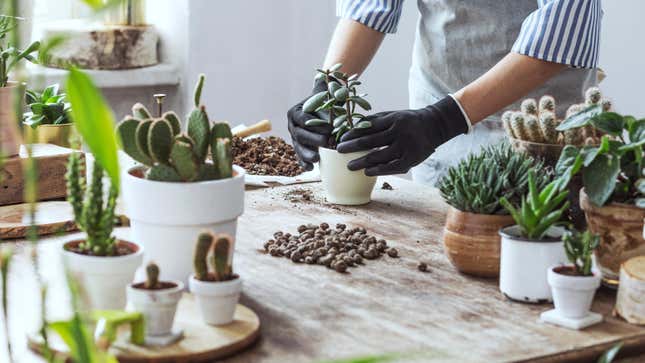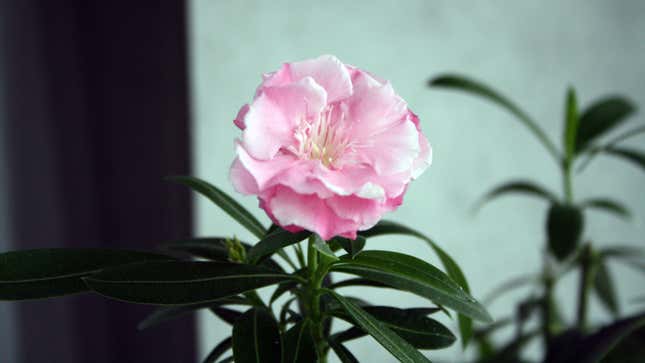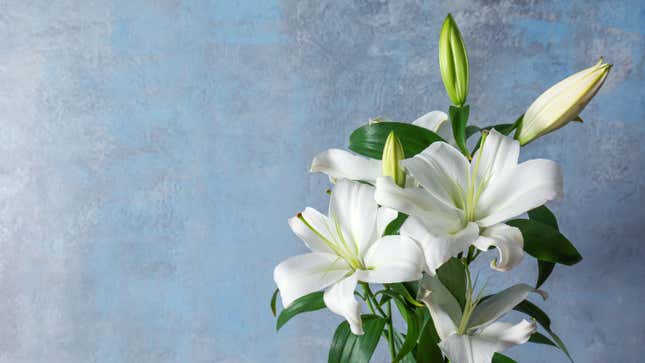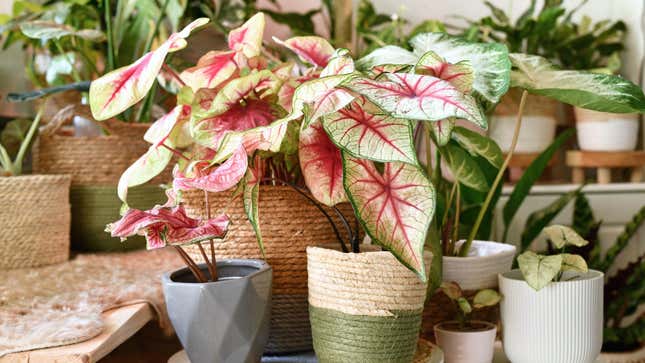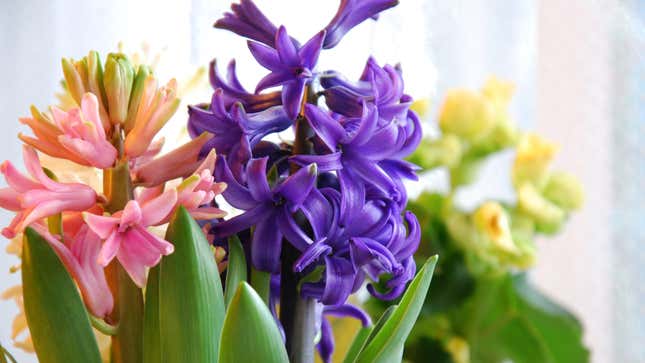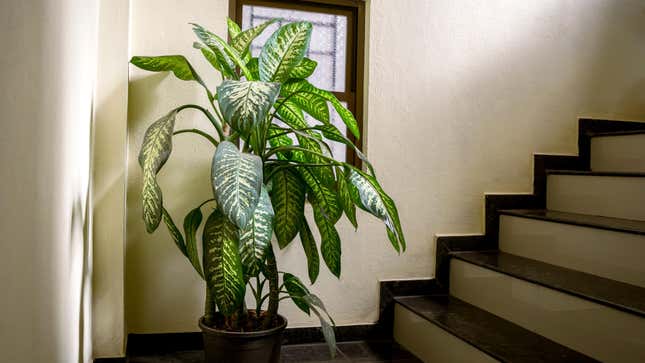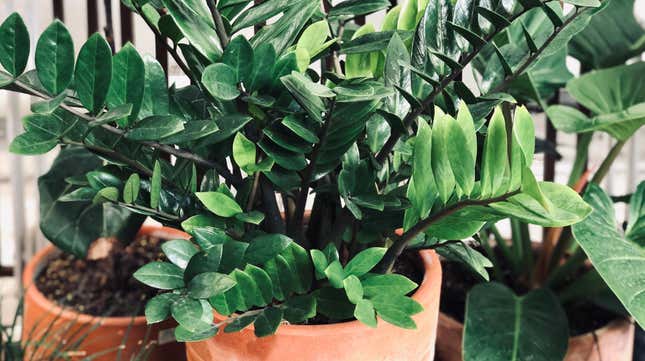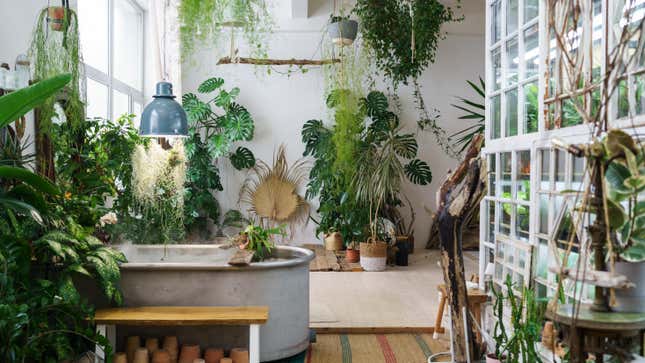
Indoor plants area great way to brightenup your home, whatever climate you live in.As the world has increasingly shifted to a work-from-home model, having indoor plants has become even more popular—a 2021 survey found close to90 percent of respondents keptat least one houseplant.
You might think that the only downside to littering your home withindoor plants ismurdering them with your incompetence and neglectorlosing lots of time and moneyin the effort toavoidmurdering them with your incompetence and neglect. But there are other downsides—allergies, bug infestations, and even health risks. Just because a plant is beautiful and shows up on all those #platmom influencer accounts doesn’t mean it’s an ideal choice for you or your home. Here are the indoor plants you’re better off avoiding altogether, and why.
